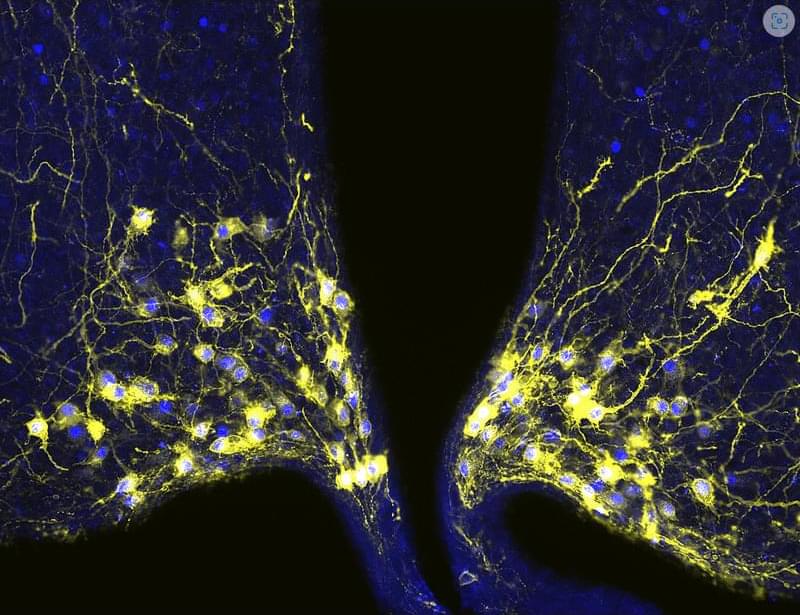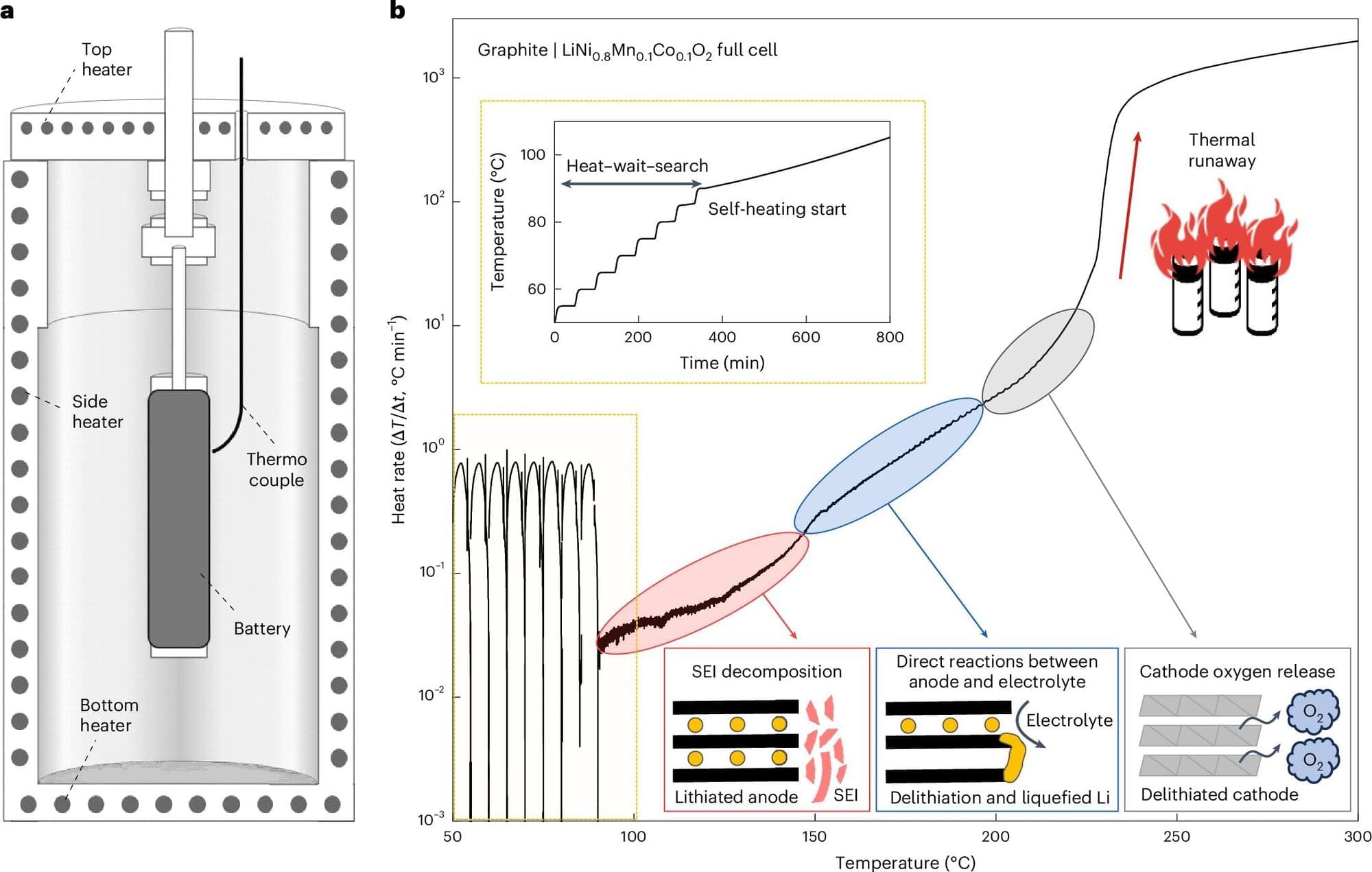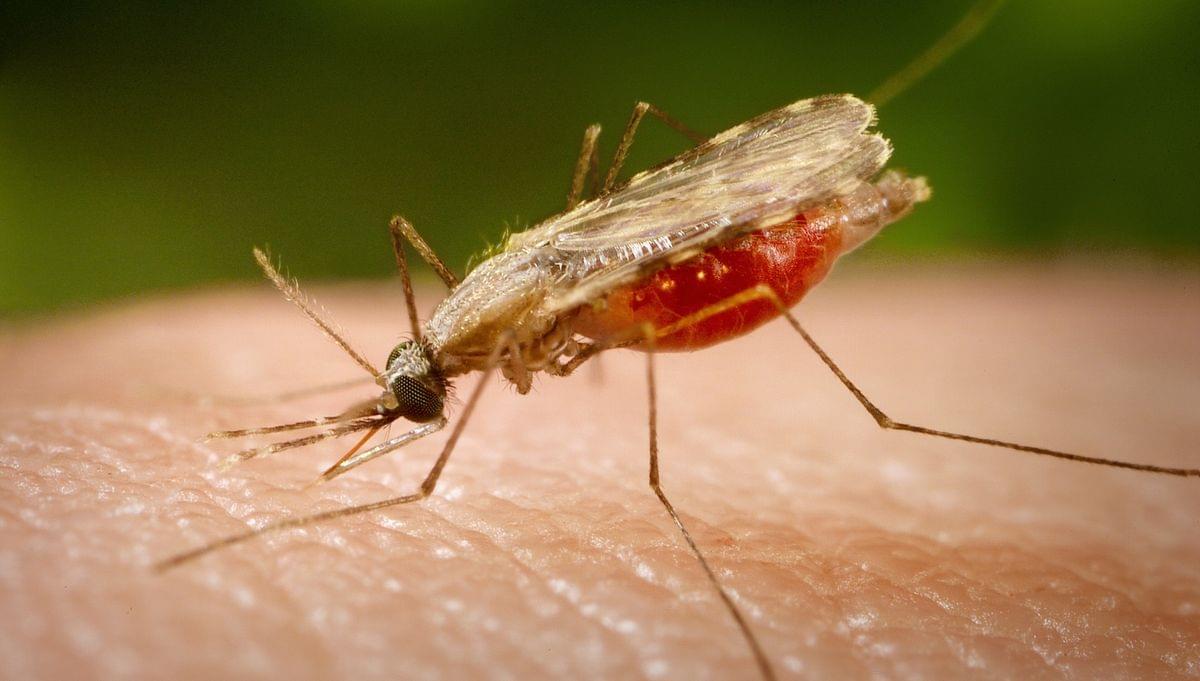Official code implementation for ‘Graph Low-Rank Adapters of High Regularity for Graph Neural Networks and Graph Transformers’ — PanPapag/GConv-Adapter





Gestational diabetes is a disorder characterized by abnormally high levels of blood glucose (also called blood sugar) during pregnancy.
Affected women do not have diabetes before they are pregnant, and most of these women go back to being nondiabetic soon after the baby is born. Gestational diabetes is often discovered during the second trimester of pregnancy.
The disease has a 30 to 70 percent chance of recurring in subsequent pregnancies.
Gestational diabetes mellitus (GDM) is influenced by both genetic and environmental factors. Polymorphisms in genes related to glucose metabolism and insulin signaling, such as TCF7L2, have been associated with increased risk. This gene influences insulin secretion and glucose production, affecting the body’s ability to regulate blood sugar during pregnancy. Other implicated genes include GCK, encoding glucokinase, and MTNR1B, involved in melatonin receptor signaling.
More information on genetic factors that contribute to the development of GDM is provided in the link below.

A variety of genetic conditions are known to affect brain development and, consequently, might potentially exhibit behaviours related to SIDs, as they impact areas involved in sensory processing and the perceptual integration of inputs. This is the case of Williams syndrome (WS), 22q11.2 deletion syndrome (22qDS) and pseudohypoparathyroidism (PHP). Although some previous research indicates sensory processing alterations in WS [20], this area remains largely unexplored in 22qDS and PHP.
The condition 22qDS, caused by a deletion in the q11.2 region of chromosome 22, is associated with significant brain abnormalities, along with cardiac anomalies, cleft palate, immune deficiencies, cognitive difficulties, and an increased risk of psychiatric disorders such as schizophrenia [21]. Common structural alterations include hypoplasia of the corpus callosum, which impacts interhemispheric communication, and anomalies in the thalamus, affecting the relay of sensory and motor information. Additionally, structural changes in the cortical brain regions, such as variations in cortical thickness, have been observed. These structural abnormalities are linked to disruptions in neural networks and can contribute to deficits in cognitive and emotional functions, impacting development and behaviour in individuals with the syndrome [22].
WS is caused by a microdeletion in the chromosomal region 7q11.23. It is characterised by a distinctive cognitive and behavioural profile, including strong social and verbal skills, accompanied by anxiety and attention problems. Additionally, individuals with WS may present with cardiovascular anomalies, hypercalcemia in infancy, and a distinctive facial phenotype [23]. MRI studies reveal reduced brain size and a more pronounced loss of white matter compared to grey matter in WS. The posterior brain regions are notably more affected, with reduced grey matter density observed in the superior parietal lobe and hypofunction near the intraparietal sulcus, areas associated with multisensory integration and perception [24].

Overheating batteries are a serious risk, in the worst cases leading to fires and explosion. A team including researchers from the University of Tokyo has developed a simple, cost-effective method to test the safety of lithium-ion batteries, which opens up opportunities for research into new and safer batteries for the future. The work is publishedNature Energy.
The researchers created an intentionally unstable battery which is more sensitive to changes that could cause overheating. The battery is one-50th the size of conventional batteries, so it is less resource-intensive and tests can be carried out in a smaller lab environment.
News stories abound of lithium-ion batteries overheating, smoking or even exploding. This makes safety testing a top priority for both manufacturers and consumers.


A single dose of nitisinone (approximately 0.1 milligram per kilogram of body weight) could make someone’s blood deadly to mosquitoes for around five days, they found. However, no mosquito mortality was observed for “any single dose of ivermectin,” the team reported.
In a separate analysis, the researchers fed mosquitoes blood samples from three patients with alkaptonuria who regularly took 2 mg of nitisinone a day. All of the mosquitoes died within 12 hours of feeding. Blood from a patient with alkaptonuria who had not started the treatment was not toxic to mosquitoes.
Taken together, these findings suggest that nitisinone therapy could be a promising new malaria-control method. However, the researchers cautioned that there are still many hurdles to overcome before the drug could be used for this purpose.
When we gaze out into the cosmos beyond the borders of the Milky Way, we behold multitudes. Space is teeming with galaxies, speckled across the darkness like stars. If we stopped there, it would be easy to assume that the distribution of galaxies is more or less even throughout space-time.
But there’s some method to the madness: rather than wheeling freely about, galaxies tend to concentrate into clusters and clumps and filaments of the cosmic web, attracted by mutual gravity into matter highways, superhighways and nodes.
The inverse of that is voids – regions of significantly lower density, with relatively few galaxies.
In a jaw-dropping announcement that has sent shockwaves through the automotive and tech industries, Elon Musk has revealed that Tesla’s next-generation vehicles will feature an innovative new capability: the ability to chat with drivers. This game-changing feature will allow Tesla cars to interact with their owners through natural language, responding to commands, engaging in conversation, and even providing real-time assistance to drivers on the road. Musk’s revelation marks another leap forward in Tesla’s mission to redefine the future of transportation and push the boundaries of what cars can do.
The announcement comes on the heels of Tesla’s ongoing efforts to integrate artificial intelligence (AI) and advanced technology into its vehicles, further blurring the lines between traditional cars and cutting-edge, self-driving machines. With this new feature, Tesla is set to revolutionize the driving experience by introducing a level of interactivity and intelligence that has never been seen in a vehicle before. 